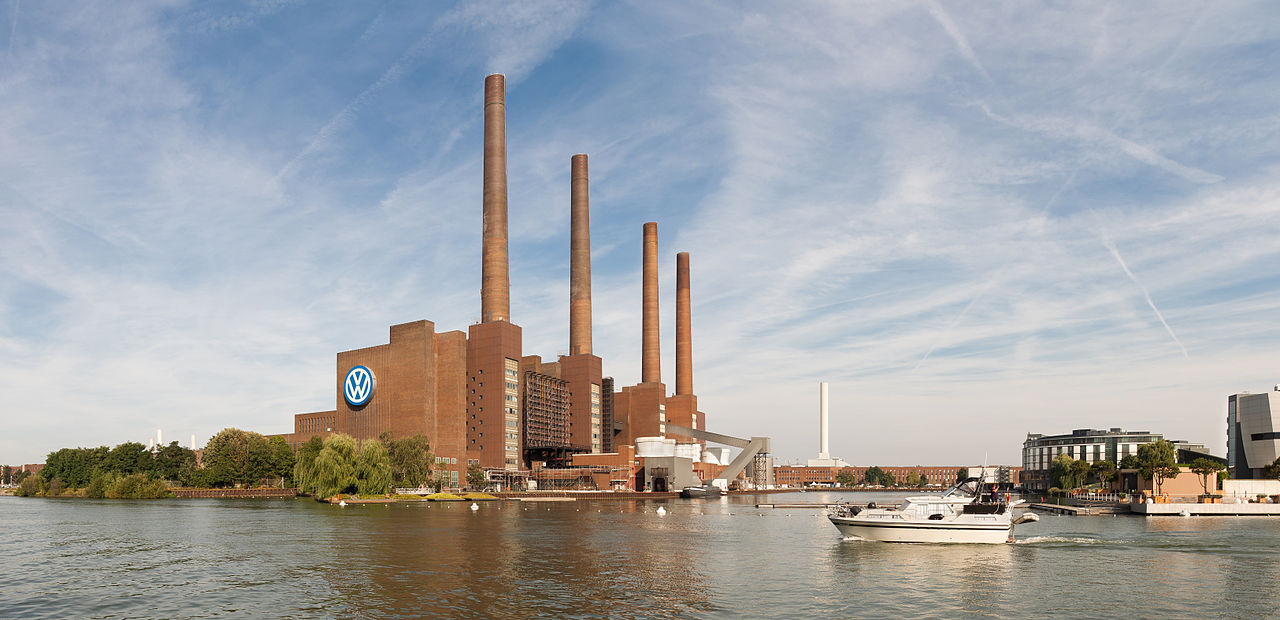In courtroom cases involving gay-bashings and murders of LGBT individuals, defense attorneys often trot out “gay panic” or “trans panic” to justify their clients’ actions.
The typical scenario goes something like this: allegedly straight dude is at a bar, gay guy flirts with him, allegedly straight guy meets the gay guy in a parking lot and roughs him up, sometimes severely. Sometimes fatally.
It’s an appalling defense strategy that gives a big thumbs-up to bigotry and shifts blame to the victim. It has often overshadowed other motives that a criminal had for assaulting or killing an LGBT person, including drugs, money, or sex.
In fact, “gay panic” is so appalling that it’s been outlawed as a defense in California. If the American Bar Association has its way, “gay panic” will be outlawed in other places, too, just as “gay cure” torture is being prohibited state by state.
However, that hasn’t deterred Volkswagen from using a similar, “diesel panic” defense to justify equipping more than 11 million vehicles with software capable of cheating on emissions tests. In a statement issued yesterday about the Dieselgate investigation, the automaker said:
The information that has been screened to date has largely explained the origin and development of the nitrogen oxide issue. It proves not to have been a one-time error, but rather a chain of errors that were allowed to happen. The starting point was a strategic decision to launch a large-scale promotion of diesel vehicles in the United States in 2005. Initially, it proved impossible to have the EA 189 engine meet by legal means the stricter nitrogen oxide requirements in the United States within the required timeframe and budget. This led to the incorporation of software that adjusted nitrogen oxide emission levels according to whether vehicles were on the road or being tested. Later, when an effective technical process was available to reduce NOx emissions, it was not employed to the full extent possible. On the contrary, the software in question allowed the exhaust gas treatment additive “AdBlue” to be injected in variable amounts such that the NOx values were particularly low when vehicles were in the test bay, but significantly higher when vehicles were on the road. [emphasis ours]
There are at least two ways of reading that.
You could say that Volkswagen is simply trying to identify the start of the problem. And that very well may be the company’s intention.
But it seems more accurate to say that Volkswagen is trying to justify its engineers’ development of illegal software. Note that Volkswagen doesn’t call what those people did “wrongdoing” or “breaking the law”, but rather an “issue” and an “error”. In fact, in this retelling of the tale, there’s no real admission of guilt on Volkswagen’s part.
True, Volkswagen board chair Hans Dieter Pötsch goes on to say that “No business transaction justifies overstepping legal and ethical bounds”. But a couple of paragraphs later, the company bemoans the fact that EPA regulations are too strict to allow the automaker to use the same diesel fix in the U.S. as it’s done elsewhere:
Due to far stricter nitrogen oxide limits in the United States, it is a greater technical challenge to retrofit the vehicles such that all applicable emissions limits can be met with one and the same emissions strategy. To this end, Volkswagen is cooperating closely with the United States Environmental Protection Agency (EPA) and the California Air Resources Board (CARB). The solution designed for North America will be presented as soon as it has been approved by the responsible authorities.
The use of the word “far” in that first sentence says volumes.
Volkswagen may have admitted guilt, but it’s shifted the blame for its actions to the U.S. Instead of saying, “We screwed up, we got greedy”, Volkswagen claims that it suffered from “diesel panic”: a temporary insanity, a momentary freak-out caused by an unwelcome proposition.

Now VW is saying that there are far fewer cars affected by the bogus software. Quite frankly, if VW said the sun rose in the east, I would have a hard time believing them.
Actually, that “fewer cars” statement only applies to the 800,000 vehicles the company had identified with higher than expected CO2 emissions. VW says it re-tested and found that only around 30,000 suffer from the problem, and it’s not software related.
The software issue still stands, so far as I know. It affects 11 million 2.0-liter and smaller engine vehicles affected worldwide, plus around 85,000 vehicles with 3.0-liter engines.
But yes, all in all, I think it’s a smart idea to view ANYTHING coming from VW pretty critically right now. That’s not because the company is prone to lie, but because it’s trying to polish its image, which can mean fudging the truth and glossing over details.